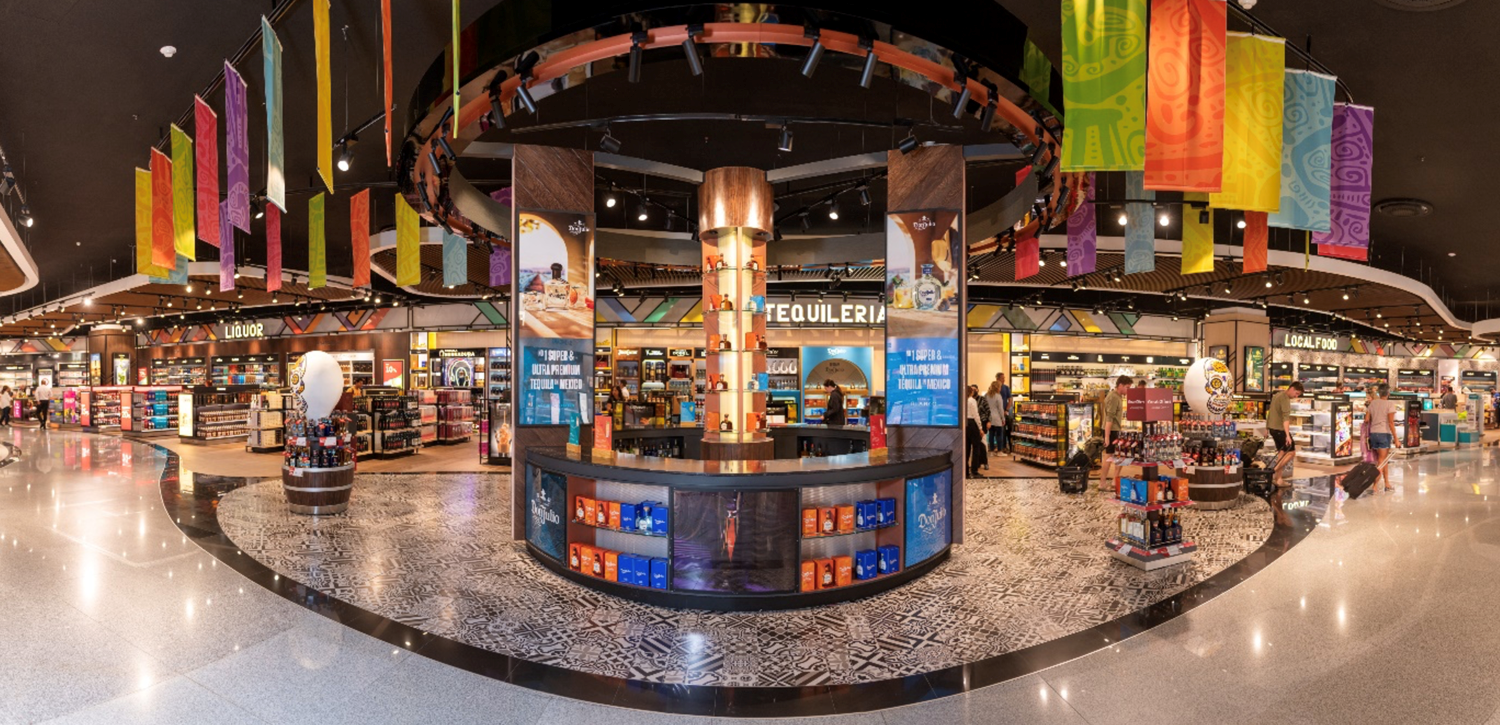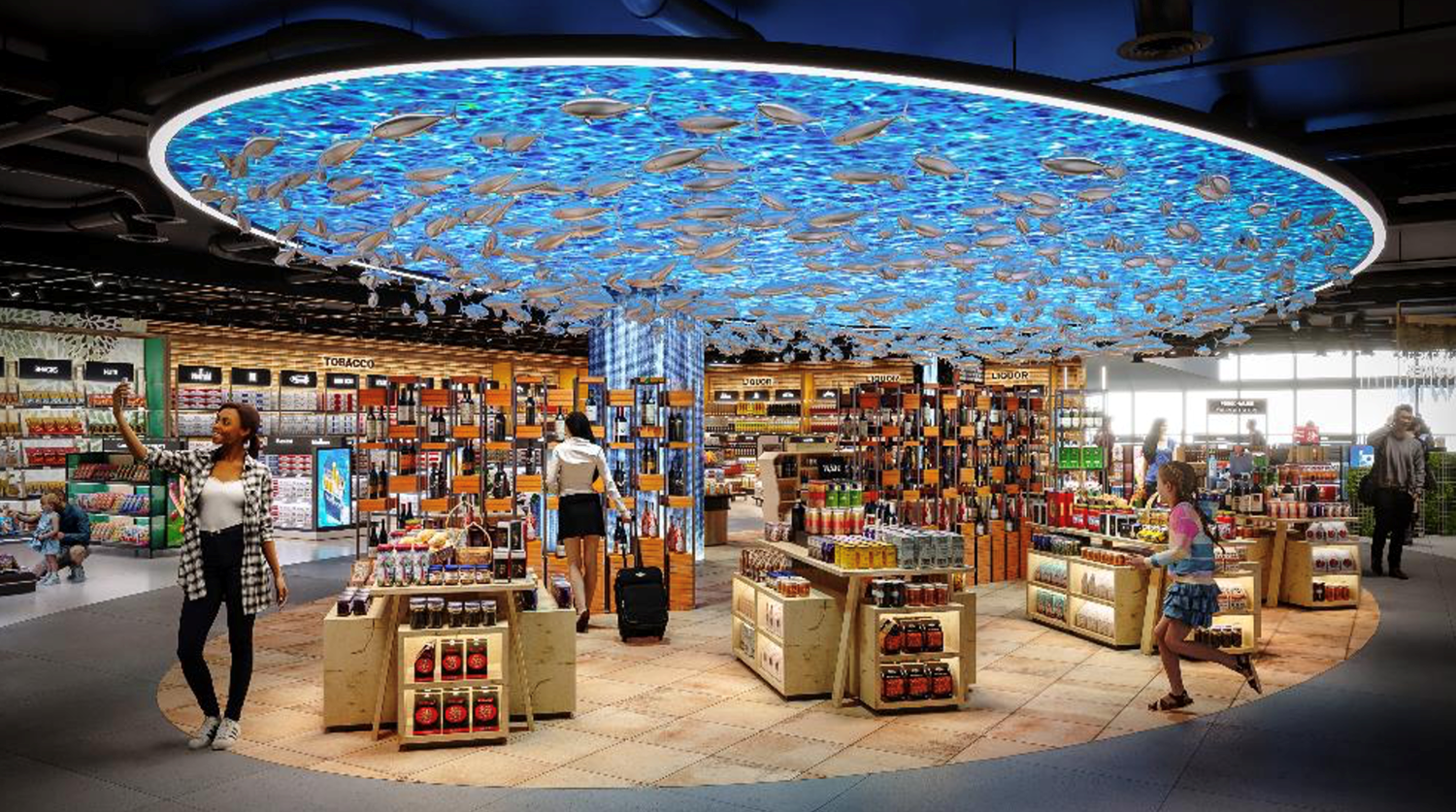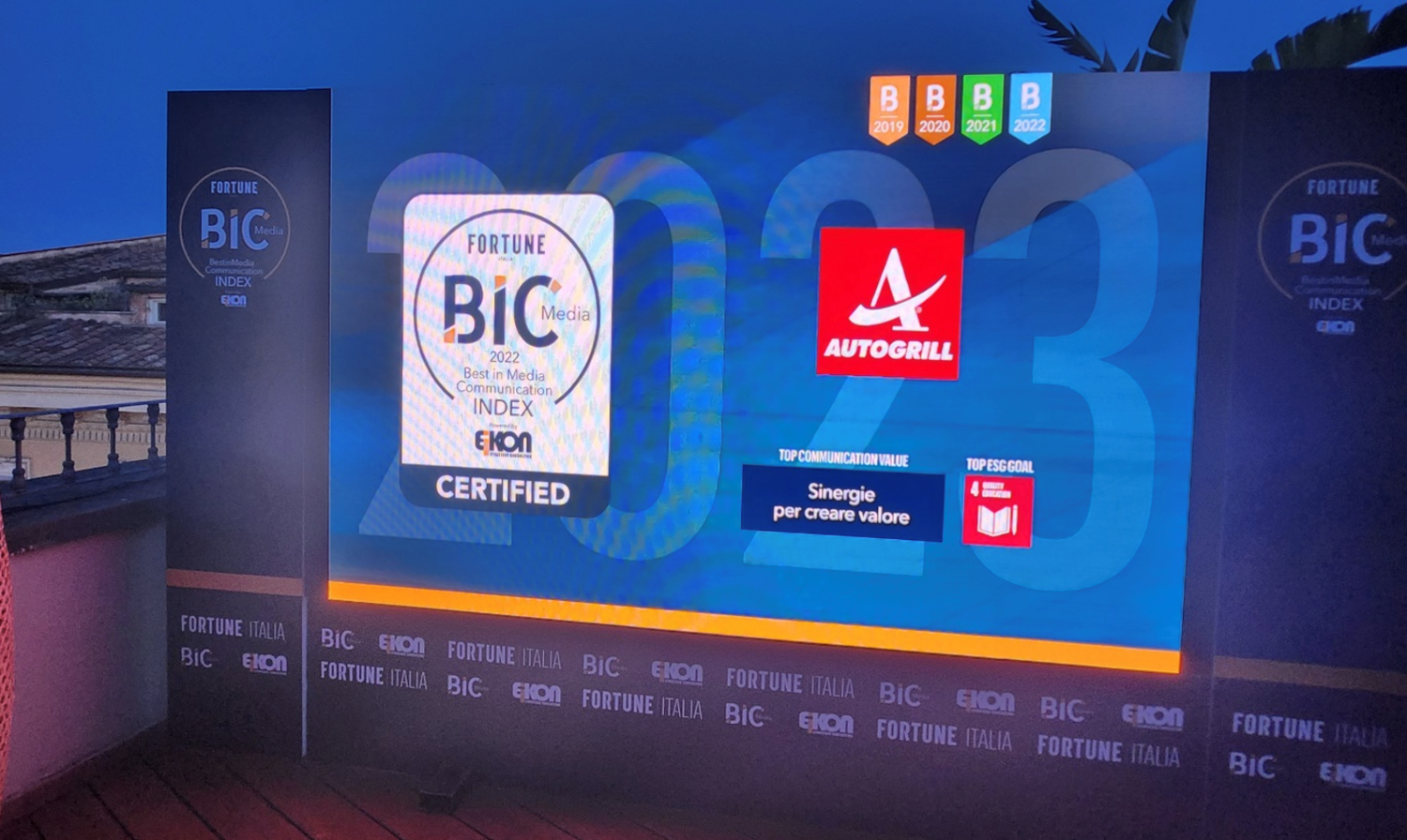Issue 32 - September 2019
Reinventing the Wine Game
You might not be that familiar with the liquor category, but for Dufry, the sale of wine and spirits amounted to CHF 1.4 billion in 2018 – that’s 16% of Dufry’s 2018 global revenues. Wines, however, are probably one of the harder products to sell for a number of reasons. These include volume restrictions imposed by airlines that prevent potential customers from buying, and the actual process of selling wines, which are trickier to merchandise and arguably require a greater depth of product knowledge to buy and sell.
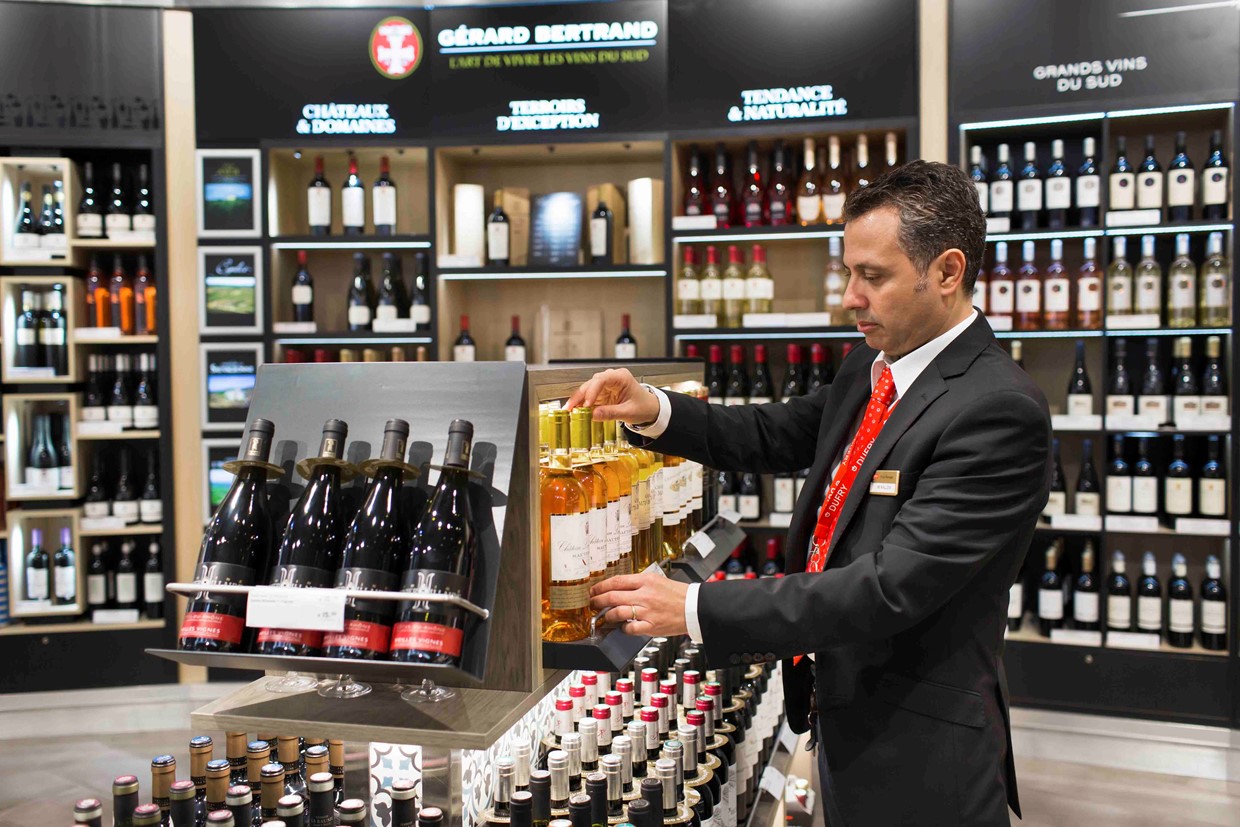
Whilst these factors might be seen as reasons to reduce the share of wine in our stores, the reality is that certain wines drive sales, especially amongst Chinese passengers, hence offering a real opportunity for the category. With these elements in mind, the wine subcategory team had the task of rethinking our approach to wine selling in our stores.
The outcome of this is a change in strategy, which is being rolled out in 22 countries this year and which, briefly, aims to simplify the product management by ensuring we guarantee availability of best sellers, award-winning products and travel exclusives on our shelves.
The plan in detail
Product, placement and promotion. These are the three main variables that are leading this wine revolution.
When it comes to product assortment, the wine team has simplified the portfolio by reducing the number of wine bottles available and by reinforcing the relationship with key global brand owners. The new list of references is mostly made up of best sellers and Dufry exclusives from some of the world top wineries, including Les Grands Chais of France, Bottega Distilleria of Italy, or Treasury Wine Estates of Australia. French wines (with 30%), followed by wines from Spain and Italy (13% each), Australia and the US (10%) and Chile (8%) account for 80% of the SKUs available in this new list, which includes wine references from more than eleven countries and will enable us to offer between 45 to 240 wine bottles, depending on the location.
This list will be revised twice a year in order to identify gaps in terms of price range, wine nationality and opportunities for expansion.
The second pillar is very much linked to the product assortment. A simplified number of wine bottles and suppliers enables us to ensure immediate product availability via our logistic platforms located in Barcelona, Miami and Hong Kong. The overused statement of having the right product, in the right place, at the right time becomes a tangible reality, as this simplified wine assortment will be fully available in stores by the end of December.
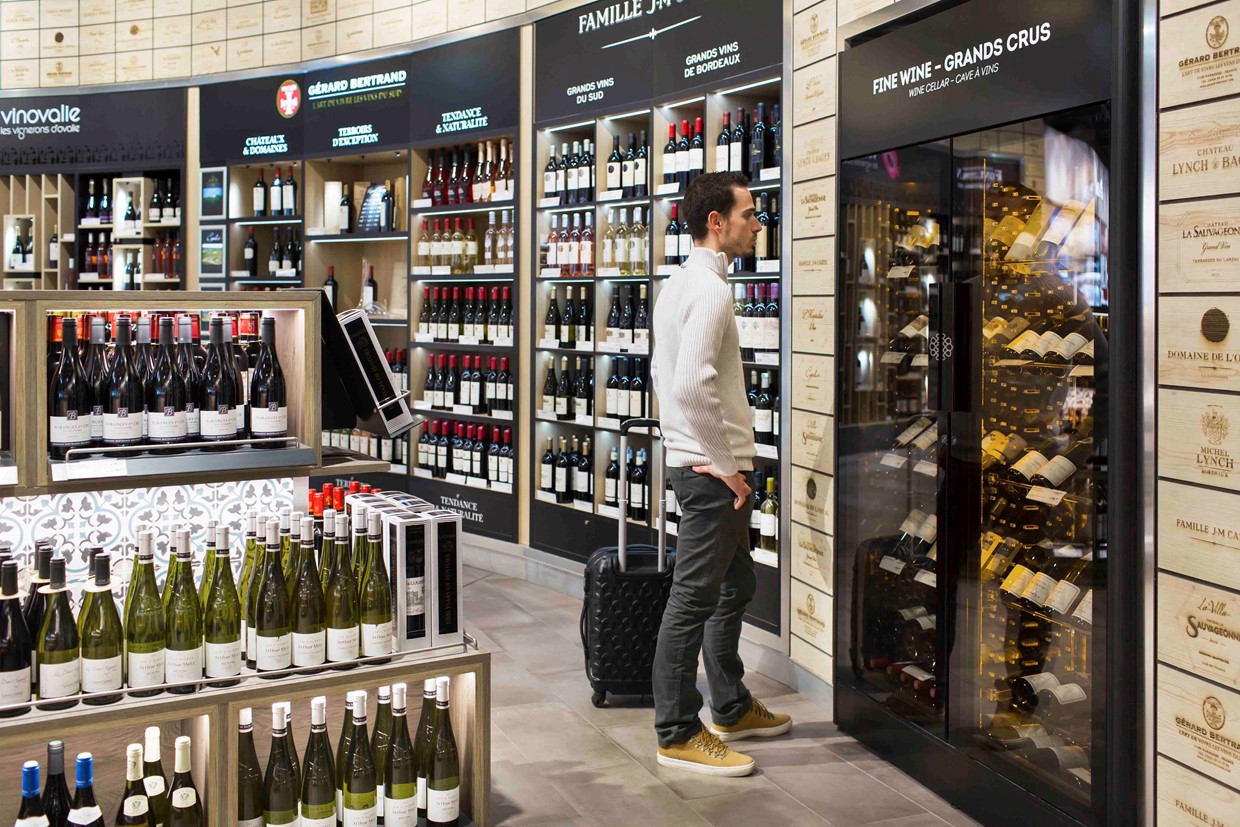
The last pillar, promotion, helps reduce the complexity of the selling process. Destinations have been differentiated between wine and non-wine producer countries, with different ways of setting up the product and the selling areas.
When it comes to the point of sale, the main difference between one group and the other is that, in wine producer countries like Chile, Argentina, Spain or Portugal the product is classified with further detail (to include the region of production or type of grape). However, compared to a simpler classification for non-wine producer countries, and with sparkling wines removed from the concept.
The product assortment here also plays an important part. By including the largest possible number of Dufry exclusive products, for example, there is a specific history and story behind each unique bottle with a particular grape variety, color and taste.
By Jorge Muñiz

